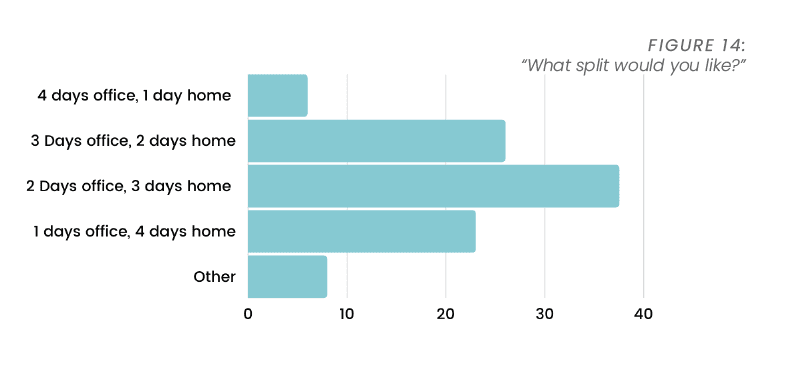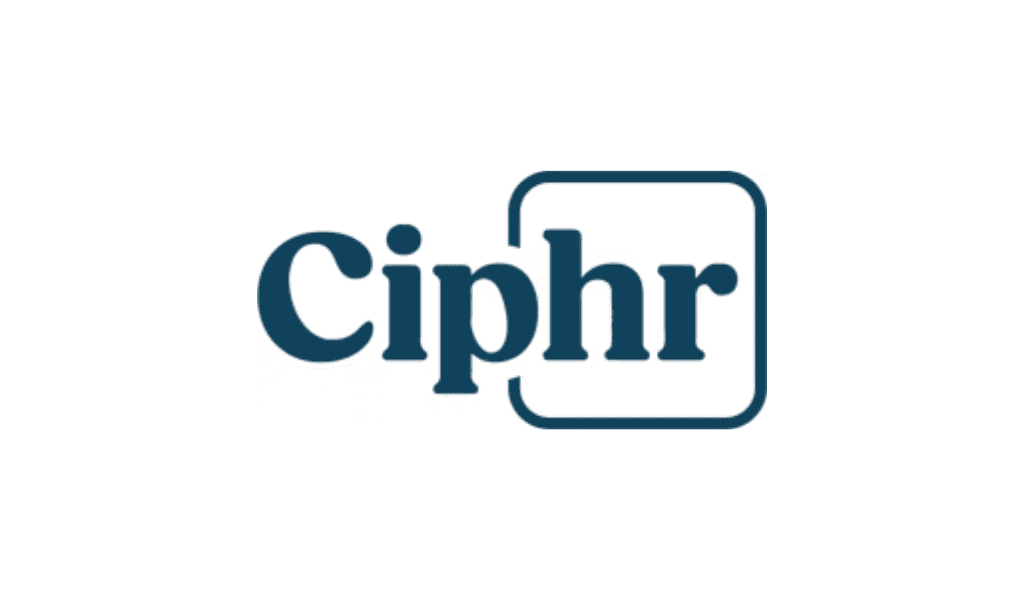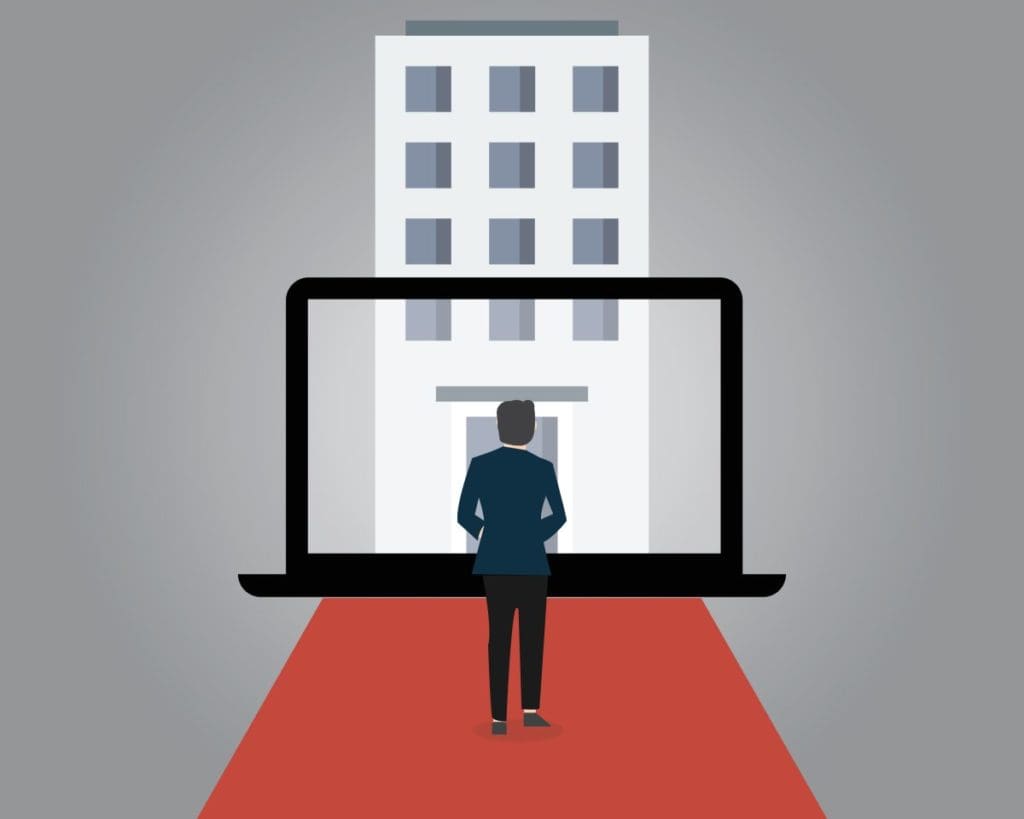New research shows what today’s employees want from work.
By Debbie Bolla
The changes in employees’ work experiences in 2020 is bound to shape how they approach their roles in the future. But how? This is what Wade Macdonald’s Employee Expectations 2021 Report sought to find out. The study shows that workers shifting quickly to remote environments has led to the desire for increased flexibility, a move toward inclusion, collaboration, work-life balance, and autonomy.
Some of the key findings include the following.
- More workers have a dedicated workspace. In June 2020, 5% of workers cited an appropriate place to work at home; now that has increased to 85%. For those remote workers, a little over half received reimbursements from their organisations for equipment, including desks, chairs and technology.
- Worker routines have changed. When employees first moved to virtual environments, 27% of employees stopped adhering to a rigid routine. This has increased to 39%. In June of 2002, lockdowns and homeschooling were the main reasons for schedules being hard to maintain. Now a shift toward fitting in more personal time -as long as work is completed -is becoming the driver.
- Working hours have changed. The study finds that 65% of employees are actually working longer hours now than prior to the pandemic, but 57% of this group felt that the benefits of working from home outweighed the additional time. However, 18% felt pressure from their employer to prove they could be effective at home so were working longer, and 13% were struggling due to their environment. Other challenges include poor communication with colleagues or an increased workload due to company furloughs.
- Employees are seeking well-being support. In February 2021, 64% of businesses felt they supported the well-being of their staff “very well” or “well.” But when employees were asked, a gap was revealed. The study showed that 27% felt their organisations should have done better. Plus, 49% of respondents in April 2021 said they suffered a decline in their mental health.
- A hybrid approach to work is gaining traction. A mix between working in the office and at home is favoured by 69% of respondents, with 22% wanting just to work from home and around 9% seeking to be in an office. For a hybrid approach, 37.5% of respondents are looking for two days in the office and three days at home; 26% are seeking three days in the office and two days at home; and 23% would prefer one day at the office and four days home. This feedback shows that a one-size-fits-all policy will no longer work for all employees.















